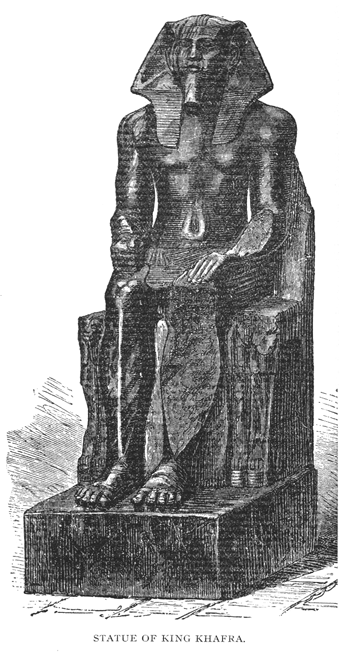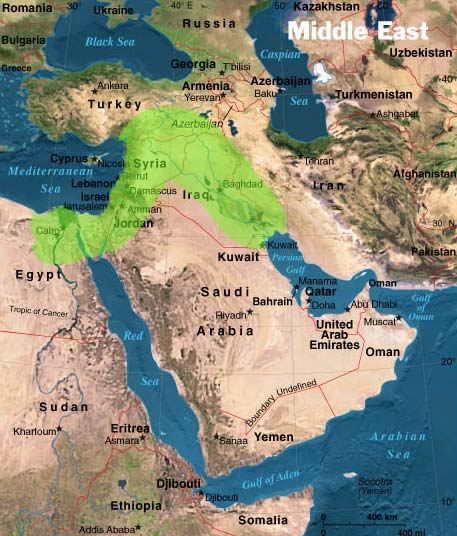Who Built the Sphinx?
The Great Sphinx of Giza is one of the most famous statues in the world, residing on the West bank of the Nile River near Cairo, Egypt. It measures 241 feet long by 65 feet high, making it the world’s largest known monolith. Along with the Great Pyramids of Giza, the Sphinx is part of the legendary Giza Necropolis.

Mainstream modern history contends that the Sphinx was constructed during the 3rd millennium BC under the Pharaoh Khafra. It is widely believed, in fact, that the Sphinx’s face bears an intentional likeness to that of Khafra. Others contend that the statue was built by Khafra’s father, the Pharaoh Khufu, and was merely repaired or modified by his son (who perhaps altered the statue’s face to resemble his own). Some alternative historians, however, have put forth the claim that the statue was originally built thousands of years prior to either of these Pharaohs, and is historically attributed to them due only to the modifications made to the Sphinx during their respective reigns.

A statue depicting Khafra, currently housed at the Egyptian Museum on Cairo.
The startling lack of any mention of the Sphinx’s construction in the written records of ancient Egypt is cited as evidence for this hypothesis. While the process of designing and building the Great Pyramids of Giza (built approximately contemporaneously, it is widely assumed, with the Sphinx) is extensively outlined in Egyptian records, the only mentions of the Sphinx regard repairs performed on the statue.

The Sphinx's nose is believed to have been carelessly shot off by French or British troops during the 19th century.
French Egyptologist R.A. Schwaller de Lubicz fist noted in the 1950s that the Spinx shows evidence of water erosion that could only have been caused by heavy rainfall over an extended period of time, or perhaps even exposure to flooding. This was a curious observation due to the fact that Cairo is located in a desert climate. The last time that this area of the world is believed to have experience rainfall sufficient to produce the erosion found on the Sphinx was immediately following the end of the last Ice Age about 10,000 – 12,000 years ago, a minimum of 7,000 years before the accepted start of Ancient Egyptian culture. Skeptics shoot down this theory by chalking up the Sphinx’s erosion to the result of acid rainfall or the weakness of the limestone from which the statue was built, and hold fast the the claim that the Sphinx is no older that 5,000 years.

The green areas of this map represent the "Fertile Crescent" where agriculture is believed to have originated about 10,000 years ago (8,000 BC), allowing for the first time in human history the development of sedentary communities. Northern Egypt is covered by the southwestern portion of the highlighted area.
If the Sphinx were in fact built more than 10,000 years ago, this means that it was constructed before the date currently associated with the widespread employment of agriculture, which has been historically equated with a sedentary lifestyle and thus the possibility of civic works. So, assuming (if only for argument’s sake) that the Sphinx was constructed shortly after the end of the last ice age, we must make one of two unprecedented allowances. Either a pre-agricultural “civilization” (I here include the word civilization within quotations because the word’s traditional definition implies a mastery of agriculture) somehow managed to build an astoundingly large and complex statue, or the agricultural revolution took place millennia earlier than it is widely believed to have done so. Perhaps a happy medium can be reached by allowing for the possibility that a culture dating earlier than 8,000 BC mastered agriculture (or at least horticulture) on a scale sufficient to sustain an advanced, sedentary lifestyle while avoiding the trend of expansive totalitarian agriculture. This would allow for the phenomenon to have remained confined within a limited geographical range while the rest of the pre-historic world led a nomadic, hunting-and-gathering existence, unaware of astonishing accomplishments of their North African neighbors.
Some Further Reading:
A site that explores the Sphinx’s origins as mystery
An article containing a cursory description of the Sphinx’s possible origins
An article contending that the Sphinx predates Ancient Egypt
An essay discussing the Sphinx’s possible origins
An essay challenging the notion that the Sphinx significantly predates Khafra